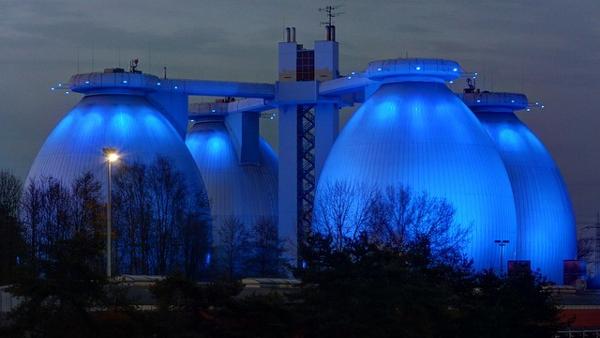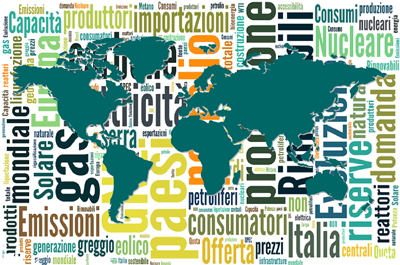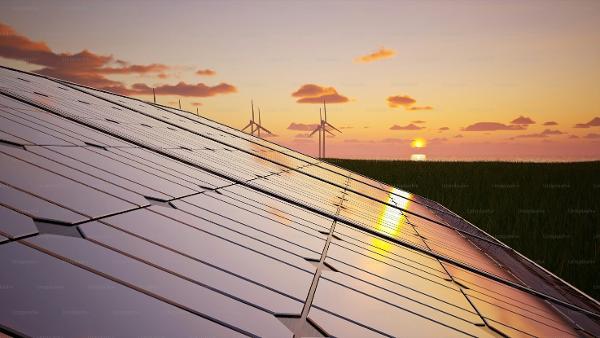In the pursuit of a more sustainable and secure energy system in Europe, the European Union set ambitious targets for renewable energy sources, including biogas and biomethane. At the forefront of this mission is the European Commission's RePowerEU Plan from 2022, aimed at ending reliance on Russian fossil fuels before 2030. It sets a groundbreaking - but credible - goal of 35 billion cubic meters (bcm) of sustainable biomethane production annually by 2030, which equals to 20% of gas volumes imported from Russia before the war in Ukraine.
In addition, the European Parliament reinforced this commitment by approving the Renewable Energy Directive, RED III, which not only sets higher targets for renewables but also imposes stricter sustainability requirements. This legislative move reflects the EU's determination to drive the growth of biogas and biomethane while ensuring that their production is environmentally responsible and sustainable. What is, however, the current state of the biogases industry in Europe, and is the sector ready to meet these objectives?
Even before the release of the REPowerEU Plan the biogases sector in Europe was on the rise and made significant strides in the production and distribution. Already in 2021, as presented in the European Biogas Association (EBA)’s Statistical Report, the sector experienced a 20% increase in biomethane production reaching 3.5 bcm, with the combined amount of biogas and biomethane production of 18.4 bcm.
The figures for 2022 are expected to continue this impressive trend, since a record number of facilities started operating last year. Basing on the latest edition of the Biomethane Map, published by EBA and Gas Infrastructure Europe in May this year, there were 1,322 biomethane-producing facilities in operation in April 2023. This amounts to an increase of nearly 30% more biomethane plants compared to the 2021’s edition of the Map. The countries with the strongest growth in their biomethane production were France, Denmark and Germany.
However, reaching by 2030 the ambitious 35 bcm target of biomethane production, 10 times higher than the production in 2021, requires further investment to boost the development of the sector.
EBA estimates that the investment needed to reach REPowerEU’s target is €83 billion, depending on the size and location of plants built or expanded, and the types of sustainable feedstock used. According to the EBA’s first Biomethane Investment Outlook that gathered response of the investors and project developers within the association, €18 billion has already been earmarked for private investment in biomethane production by 2030. The planned investments are mostly located in France (€1.4B) and Italy (€1.1B). They are followed by the Netherlands (€951M), Spain (€948M), Germany (€658M), Sweden (€635M) and Poland (€429M).
The investment figures show that while there is a growing allocation of funds in the sector, it is imperative that we accelerate the pace to meet the EU's objectives. In order to facilitate this scale-up, long-term regulatory perspectives are essential.
At the moment, the road ahead presents both challenges and opportunities. The production of biogas and biomethane is not without its complexities and the sector finds itself in quite a paradoxical regulatory situation. On one side, as mentioned earlier, biomethane production is politically supported in REPowerEU Plan and RED III as a way to achieve climate change mitigation targets and better energy security. In addition, biogas and biomethane production technologies were accounted among the “net-zero technologies” and “strategic net-zero technologies” in the Net Zero Industrial Act proposal that gives primacy to the supply of clean technologies.
However, on the other side, the ongoing revision of policies on end uses, such as CO2 standards for heavy duty vehicles or on Ecodesign for boilers and space heaters may significantly narrow the utilization paths for biogas and biomethane. Besides, the multiple benefits of biogases additional to the energy production, such as waste management or contribution to the regenerative agriculture, are currently not fully rewarded by policy makers. The biogas and biomethane industry therefore needs a more coherent EU approach that takes into account both the energy production and use in a technology-neutral way, and appreciates the positive externalities of biogases.
All things considered, the European Union's commitment to the development of biogas and biomethane as sustainable energy sources is commendable. The ambitious target of 35 bcm set by the European Commission's RePowerEU Plan, alongside the approval of the Renewable Energy Directive, marks a significant step towards a cleaner and more sustainable energy future. The European biogases sector is on the right track and ready to scale up, but in order to ensure a greener tomorrow for Europe and the world, continued investment and robust, long-term regulatory perspectives are vital.




















